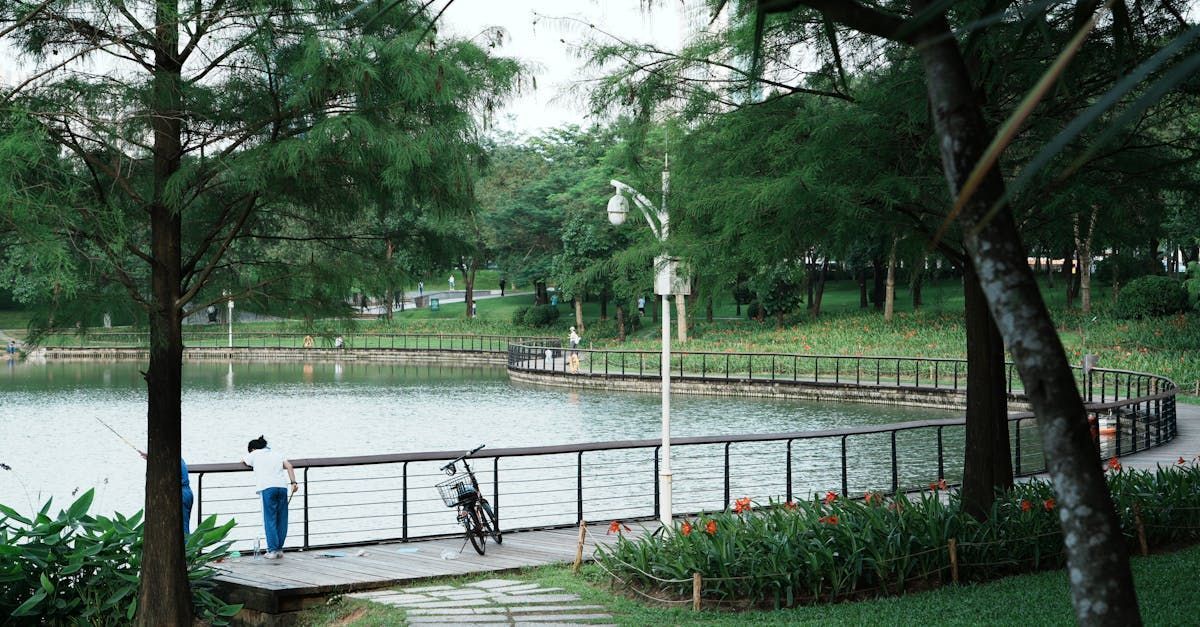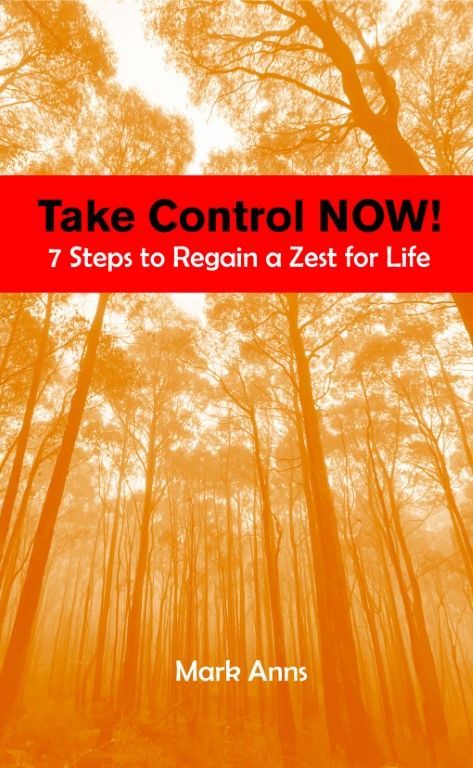Designing Inclusive Parks for Mental and Physical Health
Advocating for lifestyle improvements to boost mental health often bumps up against real-world challenges. One of these is the external environment. For instance, recommending someone take a walk in nature isn't always practical if a nearby park isn't suitable for those with physical challenges due to uneven pathways, which can increase the risk of falls, especially for the elderly.
We know that engaging in physical activity in natural settings offers significant health benefits for adults. These include preventing and managing chronic conditions like cardiovascular disease, diabetes, some cancers, and osteoporosis. Physical activity can also improve pain control and reduce the risk of falls. It positively impacts mental health by enhancing mood and reducing symptoms of mild cognitive impairment, anxiety, dementia, and depression.
It would be beneficial if our physical environments supported movement and considered people with different levels of ability. However, in many locations, adults face several challenges when spending time in nature, such as uneven and rough walkways, the risk of falls, and safety concerns. Despite these challenges, features like walking paths, organised activities, and fitness equipment in parks can encourage physical activity among adults.
We know that we can build environments that influence physical activity levels. For instance, ample grassy fields, less crowding, shade from trees, and distinct play zones lead to increased physical activity. Designing parks and open spaces that cater to these needs can promote physical activity among adults and older people, making the benefits of nature accessible to everyone.
Reference
Maddock, J. E., & Frumkin, H. (2024). Physical activity in natural settings: An opportunity for lifestyle medicine. American Journal of Lifestyle Medicine. https://doi.org/10.1177/15598276241253211











